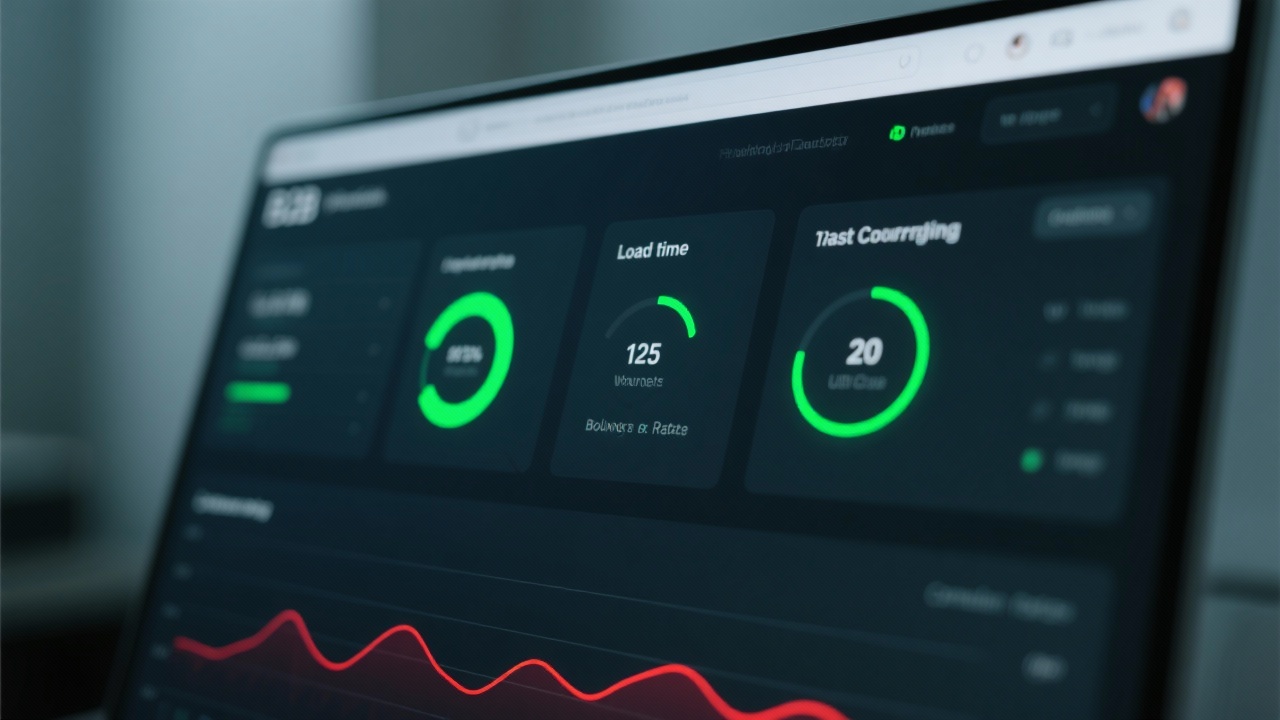
In the global business landscape, your enterprise may have found that relying solely on a single official website has its limitations in the overseas market. A single website often struggles to meet the diverse needs of customers in different regions, resulting in low search exposure and limited conversion rates. This is where the construction of a multi - site group comes into play.
When targeting international markets, a one - size - fits - all approach doesn't work. Different regions have unique cultures, languages, and consumer behaviors. A multi - site group allows you to create a regionalized website matrix that can adapt to these differences. For example, in European B2B markets, customers value detailed product information and professional service. In North American SaaS markets, users focus more on user - friendly interfaces and innovative features. By building a multi - site group, you can better meet the specific needs of customers in different regions, thereby increasing search exposure and conversion rates.

The choice of domain name is crucial. You can choose regional top - level domains (ccTLDs) such as.de for Germany,.fr for France, etc., to enhance local relevance. Another option is to use sub - domains or sub - folders under a single domain. For example, if your main domain is example.com, you can use europe.example.com or asia.example.com for different regions.
Content is king, especially in the context of multi - site groups. You need to localize your content, including language translation, cultural adaptation, and product information customization. For instance, product names, descriptions, and marketing slogans should be adjusted according to local preferences. Through the AB客 platform, you can easily generate multi - language sites with just one click, greatly improving the efficiency of content localization.
Proper SEO configuration is essential for improving search rankings. You should optimize your site's structure, meta - tags, headings, and internal linking. For example, using relevant keywords in your meta - descriptions and headings can help search engines better understand your content. Additionally, ensuring that your site has a fast loading speed and is mobile - friendly can also improve its SEO performance.

Automated deployment tools are the key to achieving efficient batch website building and template reuse. These tools can automate the process of website creation, from domain registration to content deployment. They allow you to reuse templates, which saves time and resources. For example, you can create a basic template with your brand elements and then customize it for different regions. With an automated deployment tool, you can quickly build a large number of websites and ensure consistency across all sites.
Let's take a look at some real - world examples. In the European B2B market, a company used an automated deployment tool to build a multi - site group. By localizing the content and optimizing the SEO, they increased their search exposure by 40% and conversion rates by 30% within six months. In the North American SaaS market, another company leveraged the same tool to create a regionalized website matrix. They saw a 50% increase in user engagement and a 25% growth in customer acquisition.
Maintaining a high Google score is crucial for search rankings. To achieve a Google score of 90+, you need to focus on several aspects, such as content quality, site speed, mobile - friendliness, and backlink building. The automated deployment tool can help you optimize these factors. For example, it can ensure that your site has a fast loading speed by compressing images and optimizing code. It can also help you build high - quality backlinks through content marketing strategies.

Here is a step - by - step guide to help you build a multi - site group:
In conclusion, building a multi - site group using automated deployment tools is an effective way to expand your global reach. By following the steps and strategies outlined in this article, your enterprise can create a high - performing regionalized website matrix that significantly improves search exposure and conversion rates. If you want to learn more about the detailed process, click here for our in - depth tutorial.
.png?x-oss-process=image/resize,h_100,m_lfit/format,webp)
.png?x-oss-process=image/resize,h_100,m_lfit/format,webp)

.png?x-oss-process=image/resize,h_100,m_lfit/format,webp)
.png?x-oss-process=image/resize,h_100,m_lfit/format,webp)
.png?x-oss-process=image/resize,h_100,m_lfit/format,webp)
.png?x-oss-process=image/resize,h_100,m_lfit/format,webp)
